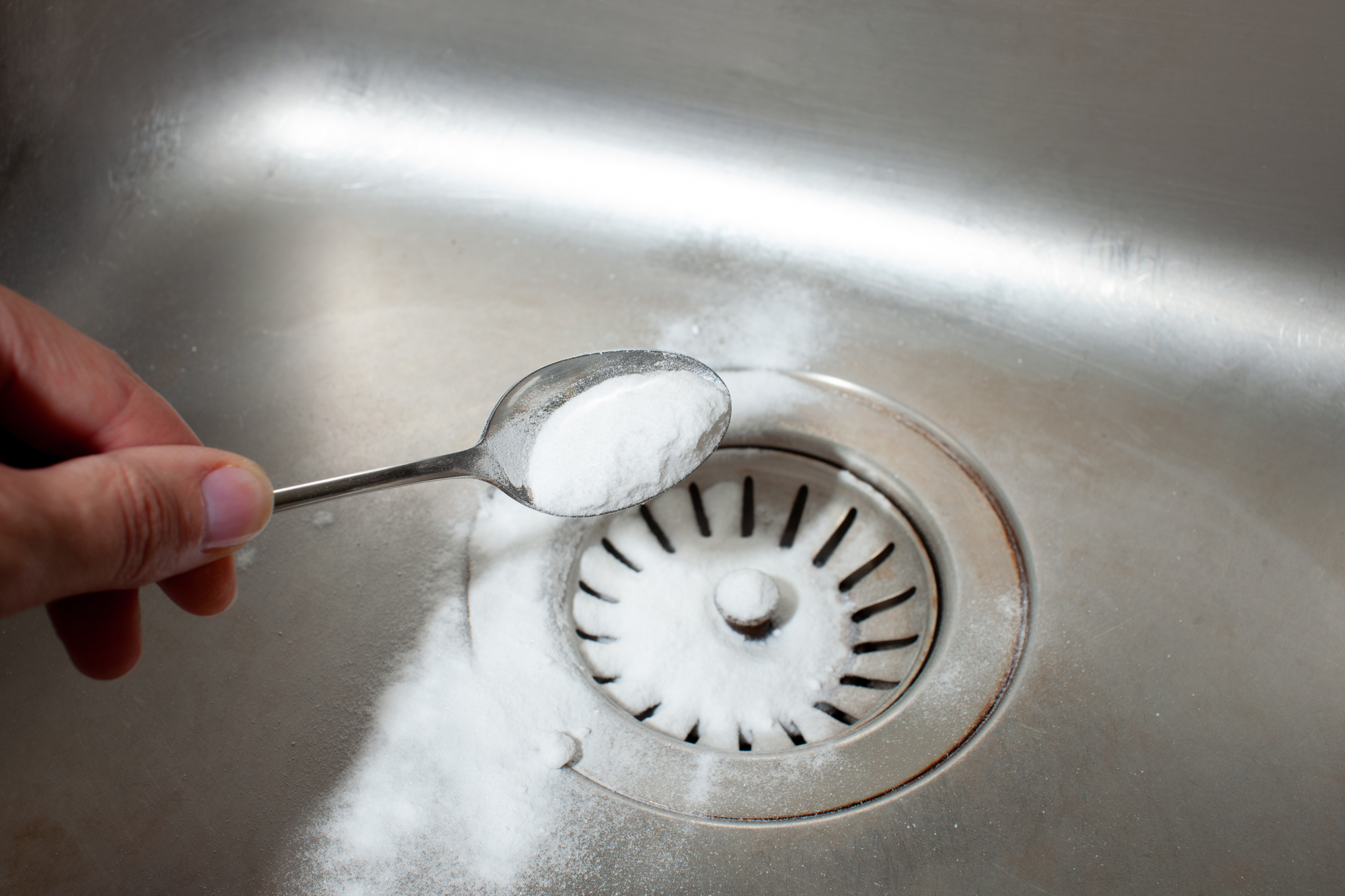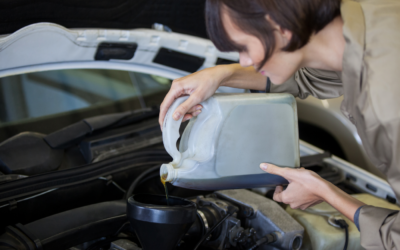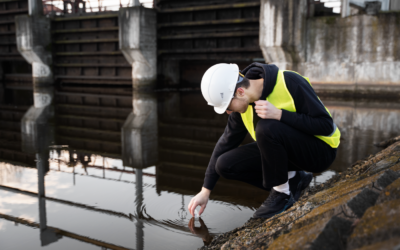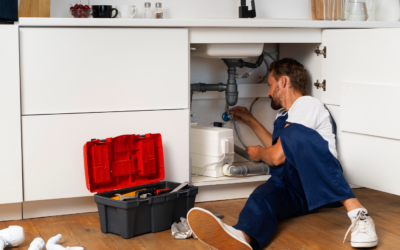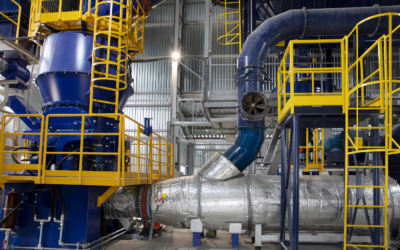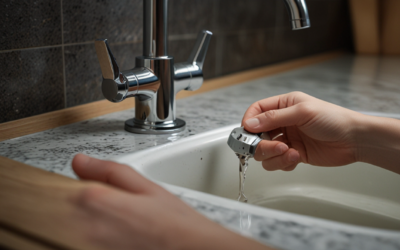As new plumbing technologies and tools continue to emerge, it is essential for tradespeople to stay on top of the latest trends and techniques. But the success of a plumbing business depends not only on technical expertise but also on the soft skills of communication, punctuality, and customer service.
Therefore, it’s important to take a close look at how you and your team approach each job. How do you prepare for the day ahead? What steps do you take to communicate effectively with customers? How do you manage time and prioritize tasks?
One solution is to treat plumbing service like a driving experience, where trainees are taught not only how to handle the vehicle (in this case, plumbing tools) but also how to navigate the roads and interact with other drivers (customers, contractors, and other stakeholders).
Here are some tips for incorporating the best practices of driving training into the world of plumbing service:
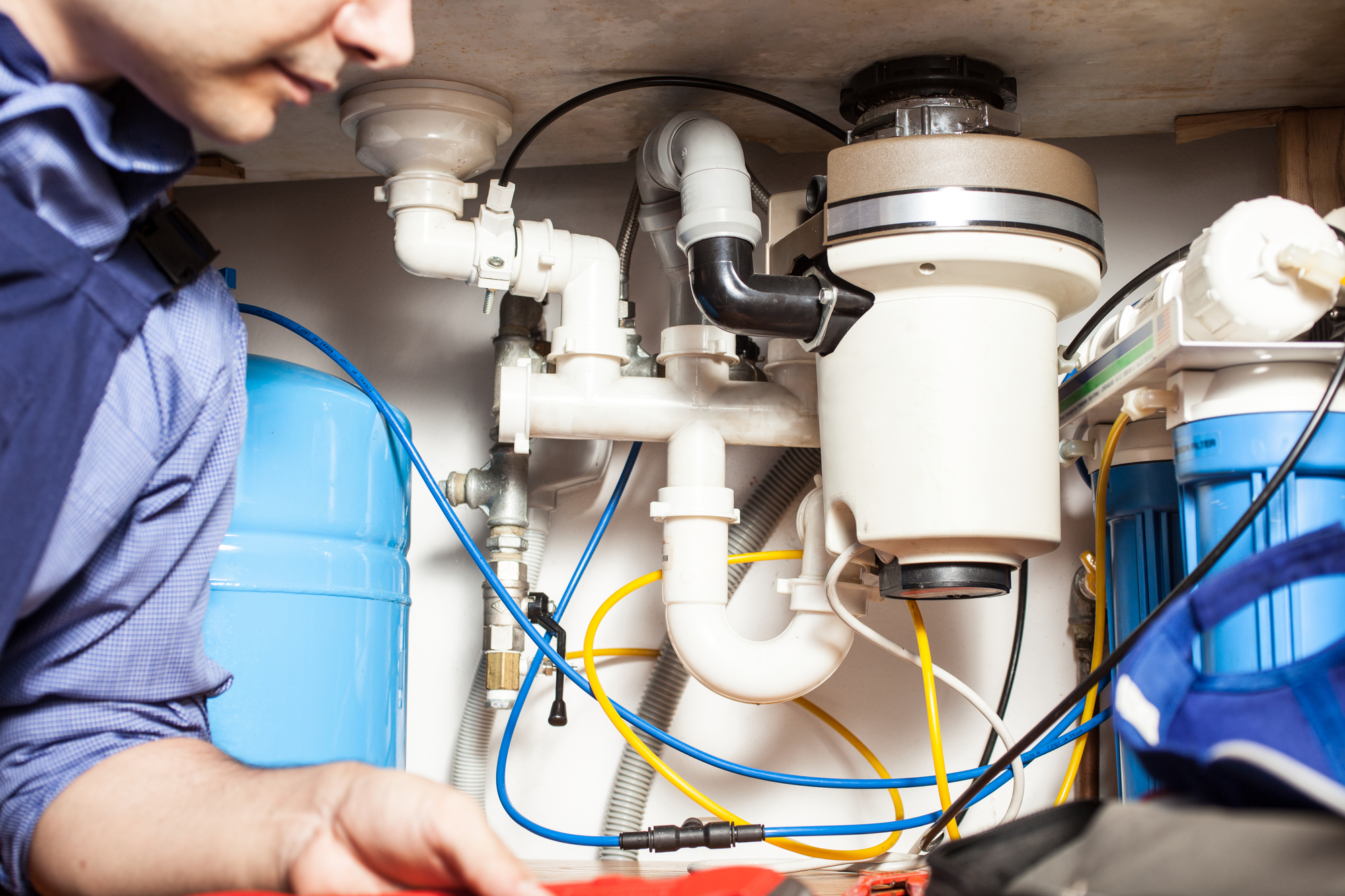
1. Use a checklist
Before hitting the road, a responsible driver checks that various components of the vehicle – brakes, lights, fuel – are in good working order. Similarly, a plumbing technician should have a routine checklist for each job. Call the customer in advance to confirm the appointment or any specific requests. Make sure you have all the tools and parts you need ahead of time. Keep the truck clean and organized. A checklist ensures that no detail is overlooked, and that the job goes smoothly.
2. Communicate clearly
When driving, nonverbal cues like signals and gestures must be accompanied by clear, concise verbal instructions to help navigate and avoid accidents. Similarly, a plumber must speak clearly, listen attentively, and communicate effectively with the customer. Discuss the problem at hand, explain the solution and the costs involved, and answer any questions the customer may have. Keep the customer in the loop throughout the process, and confirm that they are satisfied with the resolution before leaving.
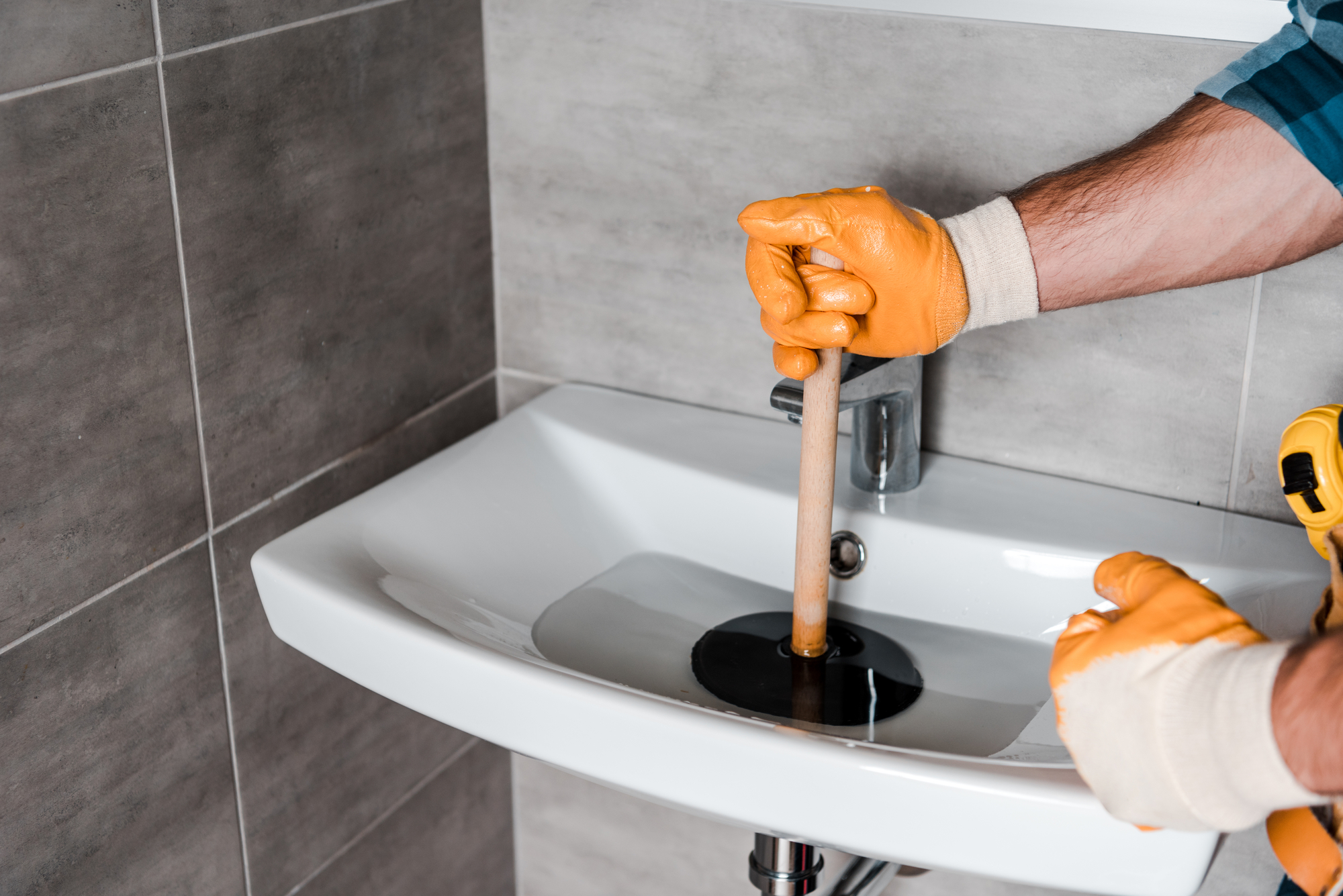
3. Be punctual
A good driver values time and prioritizes the importance of being on time at each destination. The same principle applies to plumbing service, where arriving on schedule is a crucial part of customer service. Tardiness can cause frustration and anxiety for the customer, and may even damage the reputation of the company. Respect the customer’s time and demonstrate professionalism by arriving promptly, or providing an accurate estimate of the time window for the service call if circumstances prevent you from being on time.
4. Adapt to different situations and conditions
Driving involves responding to changing conditions and adapting to different driving styles, such as on highways, city streets, or back roads. Similarly, a plumber should be prepared to work in diverse environments, from residential homes to commercial buildings to hard-to-reach spaces. Be flexible, use your problem-solving skills, and work with the customer to find the best solution for their specific needs.
5. Practice safe habits
A responsible driver always observes best practices for safety, such as wearing a seatbelt, obeying traffic laws, and checking the mirrors regularly. Similarly, a plumber should practice safety on the job site, whether that means wearing safety gear, securing tools and equipment, or working in a hazardous environment with precautions. Safety should always be the top priority.
In conclusion, incorporating driving training principles can help plumbing companies achieve higher standards of reliability, customer service, and quality. By emphasizing the importance of checklists, clear communication, punctuality, flexibility, and safety, plumbing technicians can become not only experts in their craft but also exemplary professionals with a reputation for exceeding customer expectations. Don’t just get behind the wheel – drive well, and thrive in the trades. And remember, if you need expert plumbing service, contact Ace Plumbing Repair at (844) 711-1590, or visit our website at aceplumbingrepair.com.

